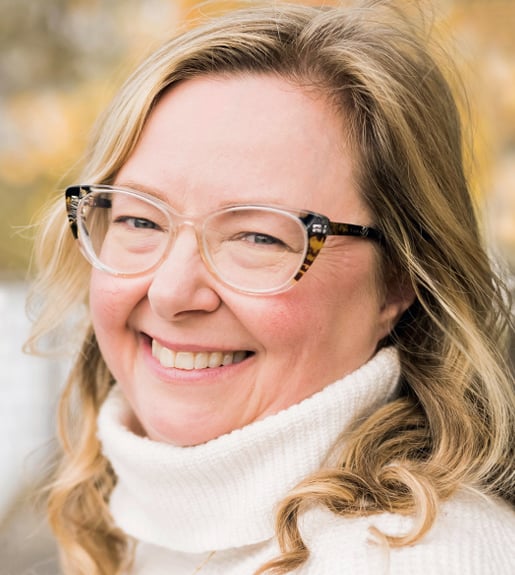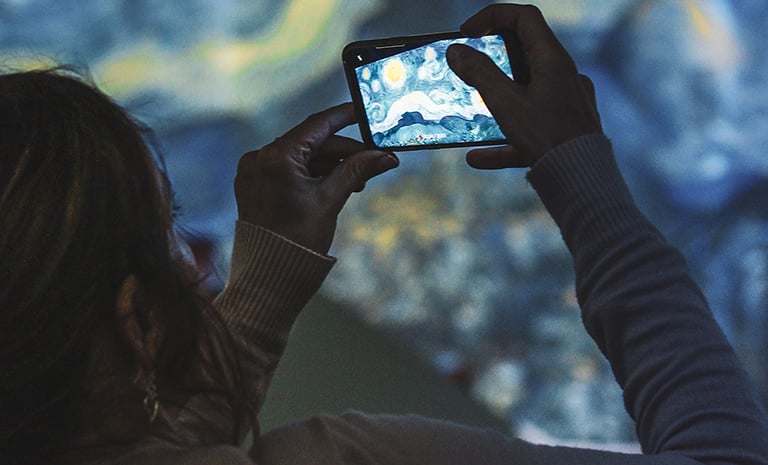Arts and Culture
Business Strategy
Collaboration
Digital
Technology
Article
Insights & Innovation
59901884-f72c-4b4b-a4bc-589da46c6df9
7 min
https://edge.sitecorecloud.io/tessituraneab9a-tessiturane5642-staging-5396/media/Images/Licensee-Photography/Photos_768x465/MRC_768x465.jpg?h=465&iar=0&w=768
Discover the innovator inside you
Everyone can innovate

, Tessitura
Everyone can innovate
4/24/2024
7 min
It’s inevitable you’ll encounter obstacles on your path to creating a culture of innovation.
Your organization might be leery of new ideas. Your team might not have the tolerance for validated learning. You might not work in a high-safety environment.
From time to time, you also may feel tension between wanting to advance a new idea and your place in your organization’s hierarchy. But it’s a myth that only those with positional power can unlock creativity to deliver value. Everyone can innovate.
Everyone can innovate.
Identify your innovation persona
Tom Kelley, a partner at design consultancy IDEO, earned a front-row seat to why some organizations excel at innovating while others resist change. He found that individuals at innovative companies often adopted specific roles that pushed creativity forward. He outlined these personas in his book The Ten Faces of Innovation.
While there are valuable lessons you can glean from all 10 examples, I found three to be especially relevant to arts and culture teams.
Anthropologists
Anthropologists gather learnings and insights through observation. They watch customer behavior with open minds to gain a deep understanding of how people interact with their organizations. They use empathy to draw inferences about what their customers need.
You may not think of yourself as an anthropologist. But I bet you’ve adopted this persona from time to time. Instead of saying a new idea can’t work, anthropologists ask if there is evidence it can. Sometimes new ideas emerge.
That’s what happened at London’s Science Museum. Michelle Lockhart, the museum’s former Commercial Director, identified a problem. The first-floor coffee stand and gift shop occupied prime real estate. They were tucked at a busy crossroads between a picnic-style dining area and the exhibit entrances. But most visitors walked right by them.
Michelle ran revenue numbers and looked at data trends. But then she made a decision that changed everything. She stepped away from her desk, went to the middle of the floor and watched what visitors did. She didn’t do this once. She returned at different times of the day and different days of the week. She watched on slow days and busy ones.
Instead of saying a new idea can’t work, anthropologists ask if there is evidence it can.
Her conclusion? In this liminal space, it made little sense to grab a coffee or buy a T-shirt. But a milkshake bar could be an irresistible post-picnic, pre-exhibit pit stop for the families in her core audience. The milkshake bar launched and became one of the museum’s most profitable spaces.
It’s easy to imagine that if the milkshake bar had emerged through a brainstorming session, naysayers might have been crushed it. But by embracing her inner anthropologist, Michelle collected enough observational data to support the new idea, which became a valuable museum addition.

The Shake Bar became one of the Science Museum’s most profitable spaces.
Collaborators
Collaborators bring people together to create new combinations. They break down silos and traditional boundaries to envision multidisciplinary solutions. Often, they lead from the middle.
The transformation at Melbourne Recital Centre offers an example of how collaboration can spark innovation. As they prepared to re-open following pandemic closures, staff found themselves asking what role the facility should play in building community. The wants and needs of their audiences had changed. Connection was more important than ever.
Jessie Upton, Visitor Experience Manager, and Latoyah Forsyth, Head of Marketing and Visitor Experience, wanted to expand moments of connection beyond the performance spaces. They explored how the venue could serve as “a living room by day and live event space by night.”
Collaborators break down silos and traditional boundaries to envision multidisciplinary solutions.
But bringing their vision to life was daunting. It required small, incremental changes and powerful partnerships. They describe their process as the art of collaborative collusion. “Our definition of collaborative collusion,” Jessie said, “is equal parts vision, determination, communication, campaigning, persuasion and demonstration. And it’s grounded in finding your allies, fans and friends. … Collaboratively collude within and across your teams.”
Latoyah says it requires creativity. “Beg, borrow, steal and siphon from other projects and budget lines. And make good friends with your philanthropy and finance teams to be able to do so.”

Melbourne Recital Centre uses its facility to build community connections.
Experience architects
Some individuals innovate by designing compelling experiences. Experience architects are builders who view the world as their stage. They engage all the senses to connect customers to their organizations. They transform ordinary details into extraordinary interactions.
This definition makes me think of the exciting work happening at Tate in London. Tate embraced a strategy that Liam Darbon, Director of Digital and Innovation, describes as “Win the Whole Visit.” It acknowledges that people come together to share experiences. Multisensory options are the most engaging and memorable. Imagine a thematic menu in the on-site restaurant paired with your exhibition ticket. Or picture an artist takeover of the museum gift shop.
Experience architects transform ordinary details into extraordinary interactions.
“Win the Whole Visit at Tate is the notion that our brand and our experiences, our spaces and our channels, mean different things to different people,” Liam said. “As a cultural and social space, we’re often trying to accommodate those differing needs.”
To respond to varied expectations, Tate leans heavily on data. “In partnership with Tessitura, we have and are building out our single customer view,” Liam said, “integrating Tessitura with our existing touchpoints, online and in our physical spaces. Mastering these touchpoints with things like Wi-Fi logons, our cross-channel purchase and browse behaviour, our in-gallery, our restaurants, our shop transactions. And pulling these against individual customer records, allowing us to deepen our understanding of audience behaviour, segment more meaningfully and provide an indvidualised, brand-aligned experience at each interaction.
“This will be a foundational game-changer for Tate,” Liam continued, “realising the insights of our first-party data and allowing us to analyse and forecast future needs.”
Overcome obstacles
A common characteristic of each persona is its customer-centric approach. It’s a powerful way to disrupt the power dynamics that may hinder your ability to innovate. Focusing on your customers taps into objectives you share with those whose support you need to turn your ideas into reality.
The next time you’re feeling frustrated, don’t give up! Just center your customers, gather some evidence and tap into your favorite innovation persona. You’re guaranteed to unleash a more creative approach to your next problem or opportunity.
Topics
Arts & Culture
/Business Strategy
/Collaboration
/Digital
/Technology

Beyond the buzz
Arts & Culture / BI & Analytics / Business Strategy / Digital / Technology
What I wish someone had told me about digital transformation

Audience behaviors are changing. Are you keeping up?
Arts & Culture / BI & Analytics / Business Strategy / Digital / Technology
Leveraging customer networks in a digital world

Putting it together
Arts & Culture / BI & Analytics / Business Strategy / Digital / Technology
How one museum brings digital transformation to life